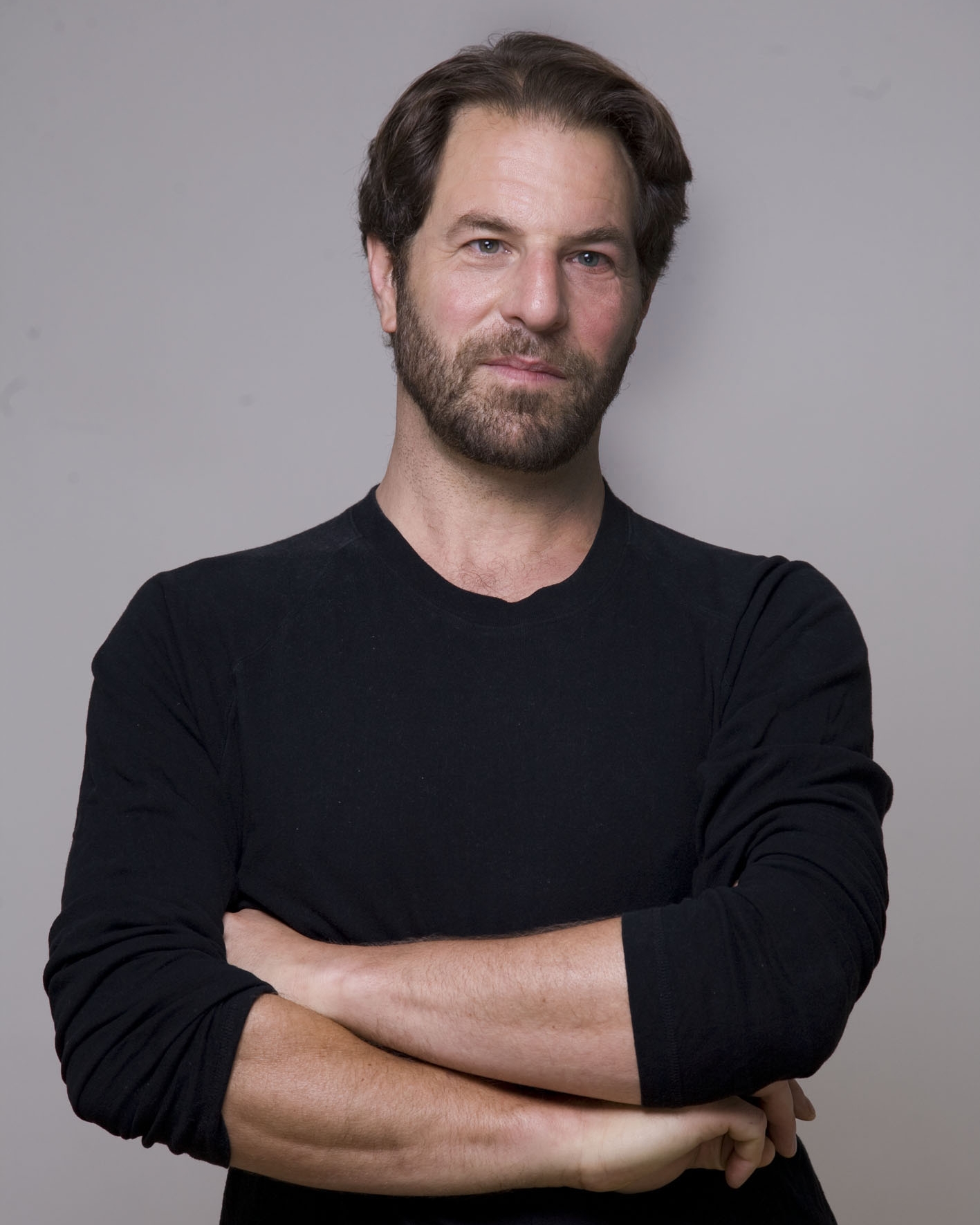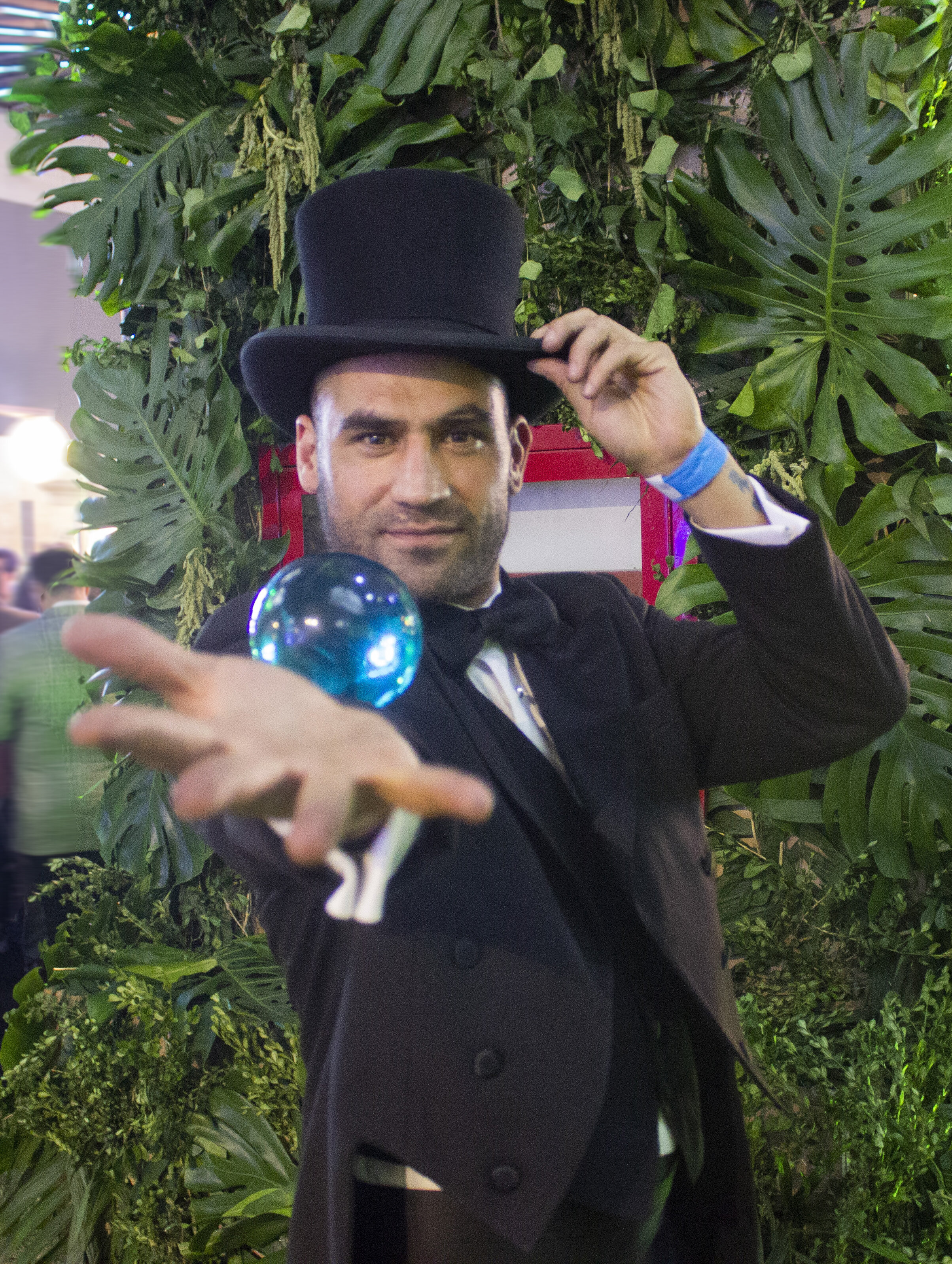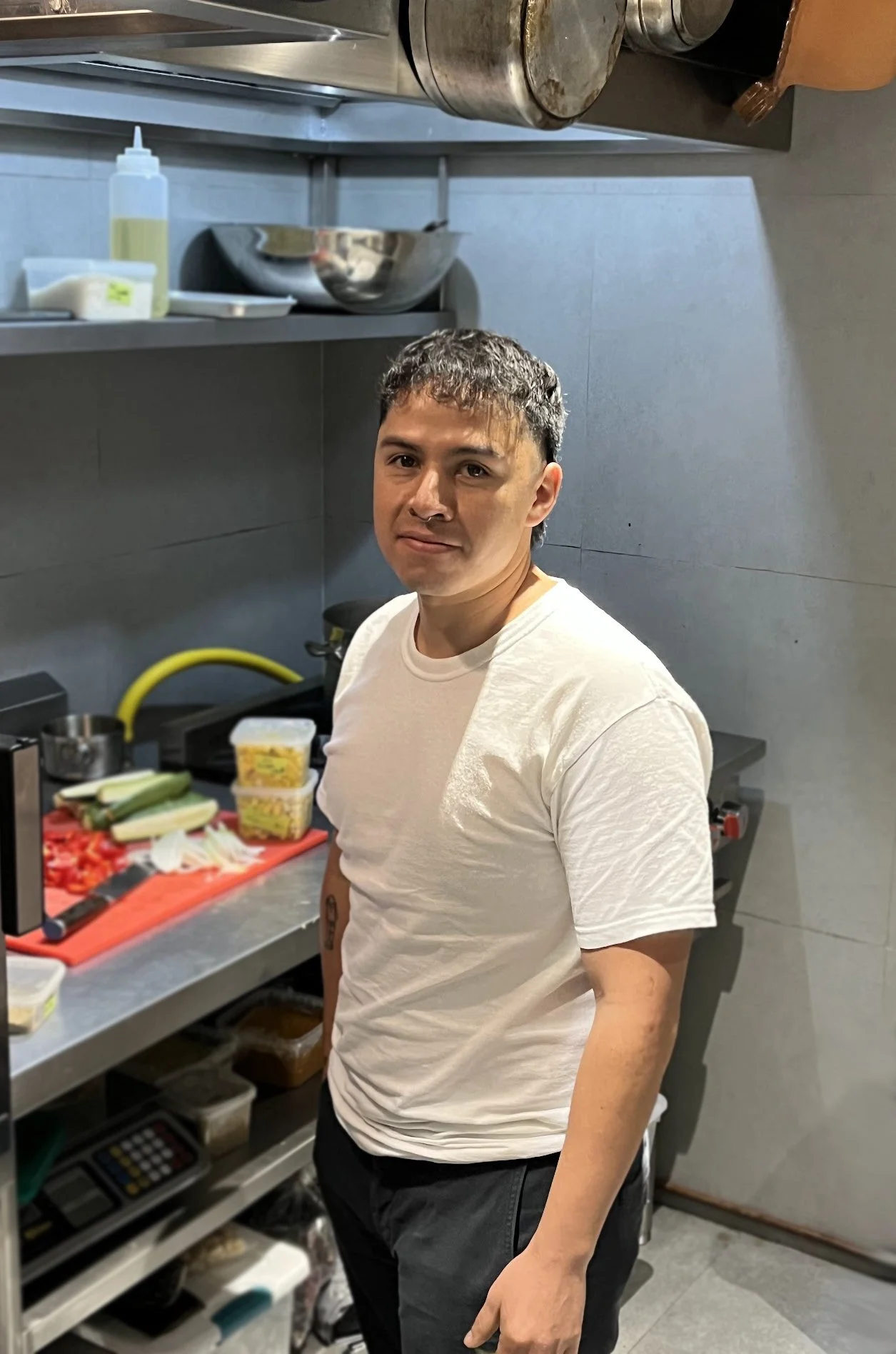New Horizons for Lalo: A Book and a New Venue
Chef Eduardo ‘Lalo’ García’s calm demeanor belies the upheaval through which he is passing. Maximo Bistrot Local, his beloved venue for almost 8 years, will soon cease to exist as such. And he has published a book.
When I moved to la Roma, back in 1998, it was not yet a good place to eat: the “gastronomic renaissance” was far in the future. My work as an investigative food writer took me to posh Polanco or the depths of the Centro Histórico. But closer to home, dining options were confined to a few family style fondas and the late-night taqueria that added a bit of life to an otherwise darkened Álvaro Obregón.
Then one day, as I gazed absentmindedly out the of my third-floor window at the corner of Zacatecas and Tonalá, I noted a scene that presaged a change to come in the culinary landscape of the city, perhaps the country. The medical supply store at the corner was being transformed into something fashionable, contemporary: gone were the wheelchairs, crutches and walkers that had been displayed in this dusty, unassuming storefront. A fashionable young man, who I’d now identify as a ‘hipster’, was measuring the space and conferring with an eager young couple I’d soon get to know as Eduardo García and Gabriela López. Walls disappeared, welcoming in tree-filtered sunlight. Ugly flooring was replaced by hip, ‘40’s-ish mosaic tiles. Simple black tables, a few spilling out onto the sidewalk, were installed. A tiny painted sign identified the new restaurant as “Maximo Bistrot Local.” It started as a familiar operation: García as chef with a small staff and Gabriela multi-tasking as sommelier, host and business manager. Máximo was a secret gem in those days, frequented by those in the know.
Mollejas, Lalo-style.
Photo courtesy Vivian Bibliowicz
Chef García, known familiarly as ‘Lalo’, has a solid base in classic French cooking from his work at New York’s Michelin-starred restaurant Le Bernardín. Later he worked in the kitchens of Pujol, where Enrique Olvera encouraged his young cooks to embrace avant-garde Spanish cooking techniques and to take conceptual risks.
Lalo is passionate about food and hates pretension. In its early days his venue offered an inexpensive menu to those in the know, most of whom lived nearby. His dishes consisted of simple, astute combinations of a few ingredients. The Californian ‘farm to table’ concept came naturally to him: to this day the crack of dawn often finds him combing the humongous wholesale market for interesting seasonal products.
While his menu is steeped in European traditions, he still keeps one foot firmly planted in Mexico. A perfectly grilled octopus might be drizzled with an emulsion of guajillo chile. A cloud-like seared fish filet rested in a puddle of subtly aromatic, celadon colored mole verde. He didn’t invent the concept of Modern Mexican--Olvera did that with the help of Patricia Quintana, Mónica Patiño et al. But he takes from it what he needs to create an accessible, global yet local cuisine that is impossible not to like. He embodies a savvy entrepreneurship that took naturally to a neighborhood whose cultural riches had resided in the past but which was starting to attract the interest of the artistic community.
As word got out and Maximo became a destination. Many now consider it to be one of the city’s best restaurants and it has been recognized by the likes of S. Pellegrino’s 50 Best List, and the New York Times. Lalo is owner of two other highly successful restaurants, Lalo! a casual brunch/lunch place and Havre 77, set in an early 20th century mansion and offering classic French cuisine.
But it’s time to move on. By the end of 2019 Lalo will move operations to a larger, more elegant space on Avenida Álvaro Obregón, a few blocks north. He explains that “The new restaurant is a very ambitious project: the kitchen alone is the size of this whole space. It’s going to be ‘Maximo’ but no longer a “bistro.” In the original space we will develop a new concept that is still under wraps for the time being.”
Photo courtesy Máximo Bistrot
Maximo: the book
In early November Lalo’s first cookbook, Maximo, was published. It’s an homage to everything he and his restaurant stands for and the people who made it—and him—what they are today. The book hovers between elegant coffee-table style and kitchen-friendly practical. It is meticulously designed without being bijou, readable and not condescending, and will inspire home cooks and chefs alike. The book is elegantly designed by Vanessa Eckstein, and photographed and written in a straight-forward tell-it-as-it-is style by veteran photographer/journalist Vivian Bibliowicz. The texts consummately capture and recount Lalo’s history and philosophy in his own words. Recipes are eminently doable. The chef combines a Californian/Spanish respect for simplicity and seasonality, highlighting starring ingredients, be it eggplant or sweetbreads, with classic French technique that would make Julia Child proud. This book is for those who really want to cook and are willing to apply themselves. An occasional Mexican ingredient or dish shows up, maybe chile de árbol and cilantro (in a salsa served over roast cauliflower), a fruity manchamanteles mole that accompanies roast chicken, a green one for sea bass or a couple of traditional ceviches. But the bulk of the recipes are logical renditions of European classics reconfigured, turned inside out by the chef, always with the utmost respect for tradition.
Lalo recalls that, “It was never my objective to do a cookbook even though I know they’re fashionable right now. But after completing eight years in this space from which we are about to move, I thought about doing some kind of tribute to the place that had given us so much. So, we decided to make something that will be for always. This book, of which I am extremely proud, didn’t have to be all about me, it’s a gift to the people who worked with me, the purveyors, and most of all my clients, the people who literally make us open the doors every day. Because without them I’m nobody.”
Maximo is now available from Amazon in Mexico and Amazon USA in both English and Spanish editions.









